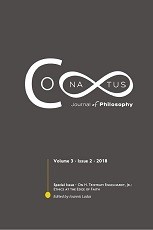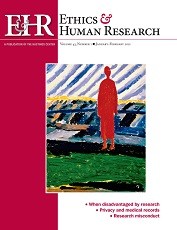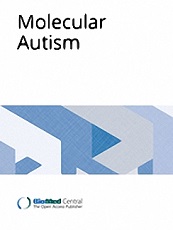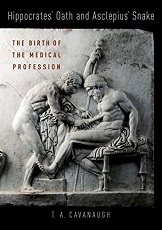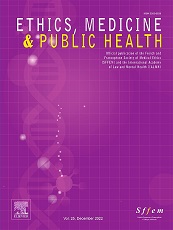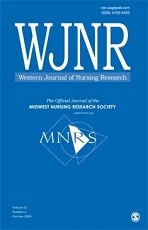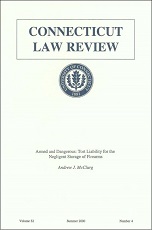Sean Murphy, Ramona Coelho, Philippe D. Violette, Ewan C. Goligher, Timothy Lau, Sheila Rutledge Harding, Rene Leiva
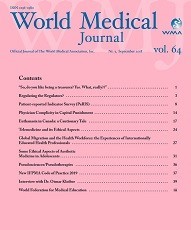
Extract
Since 1948 the Declaration of Geneva (the Declaration) has insisted that physicians must practise medicine “with conscience and dignity.” In 2017 this provision was modified by adding, “and in accordance with good medical practice” [1].
Good medical practice in Canada is said to include providing euthanasia and assisted suicide or arranging for someone else to do so. From this perspective, physicians who cannot in conscience kill their patients or collaborate in killing are not acting “in accordance with good medical practice,” and – some might say – the revised Declaration.
However, this merely literal application of the text cannot be correct, since the WMA later reaffirmed its support for physicians who refuse to provide or refer for euthanasia and assisted suicide even where they are considered good medical practice [2]. A reading informed by the history of the document is necessary and consistent with the care taken in its revision [1]. This yields a rational and coherent account of the relationship of conscience and dignity to medical practice.
Murphy S, Coelho R, Violette PD, Goligher EC, Lau T, Harding SR, Leiva R. The Declaration of Geneva: Conscience, Dignity and Good Medical Practice . WMJ [Internet]. 2020 Aug; 66(4): 43-47.
